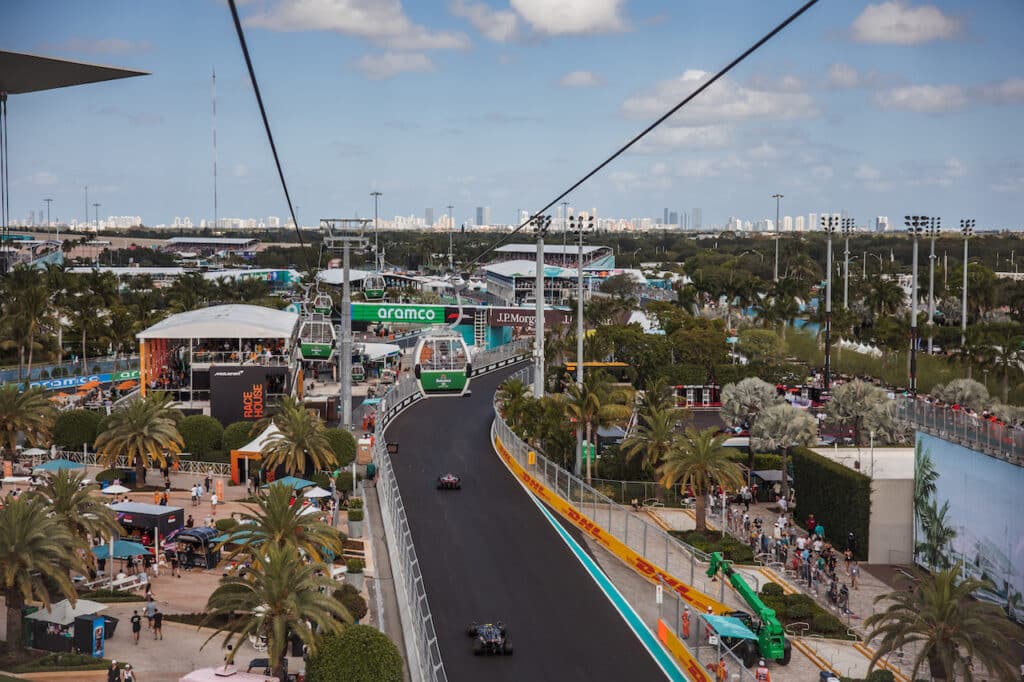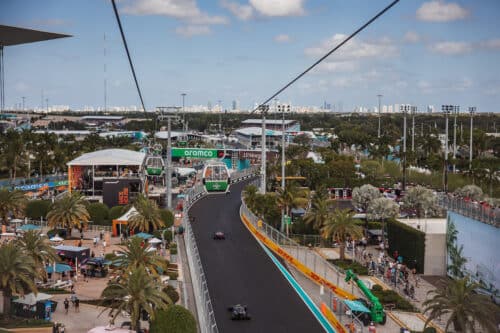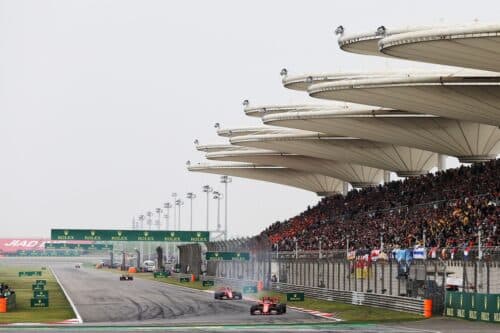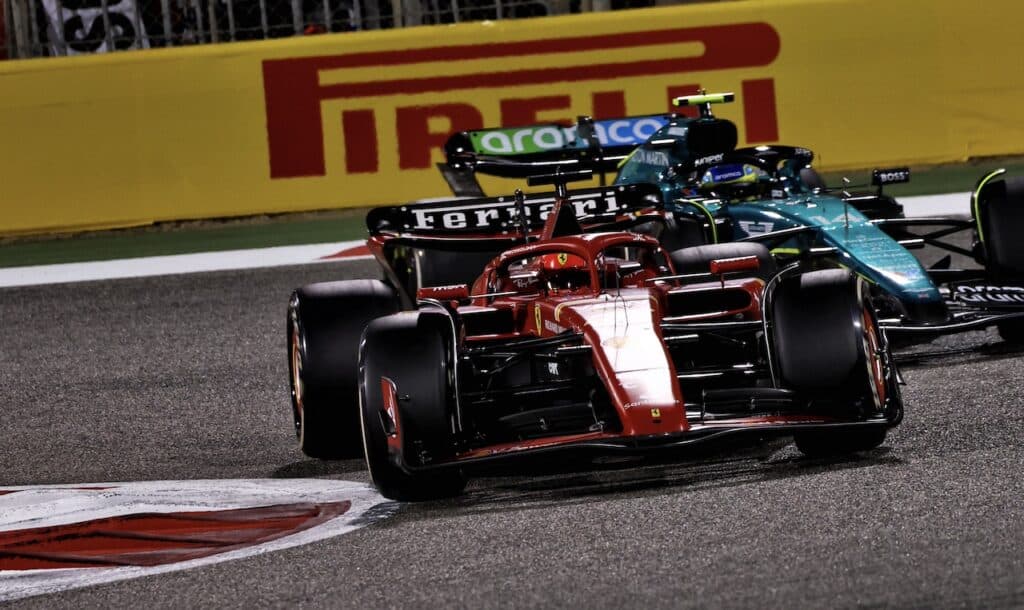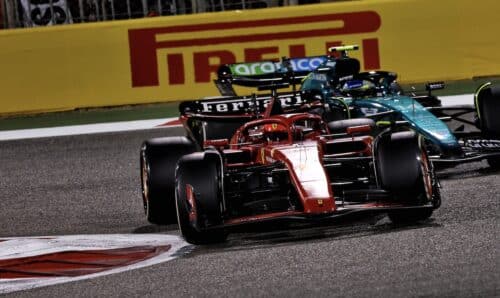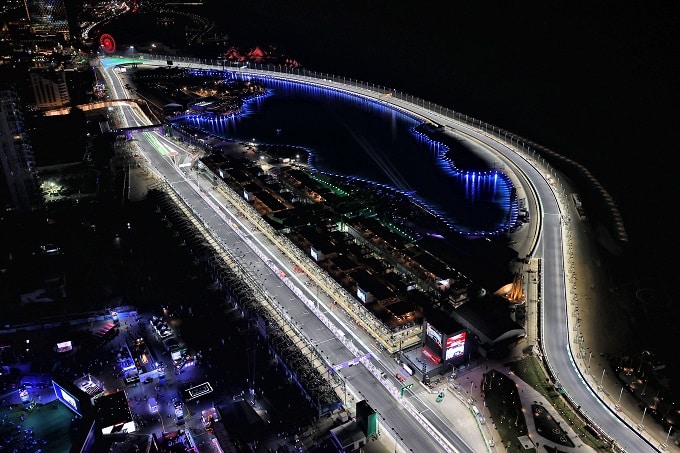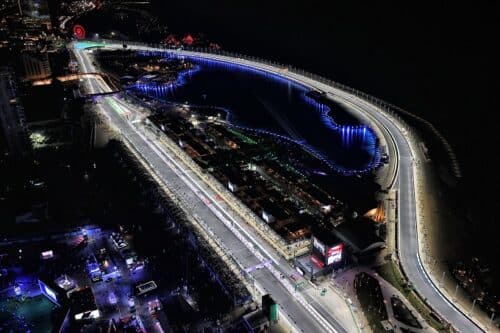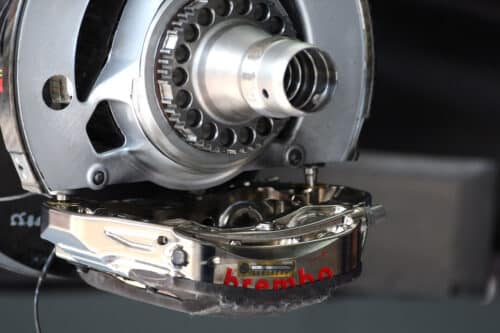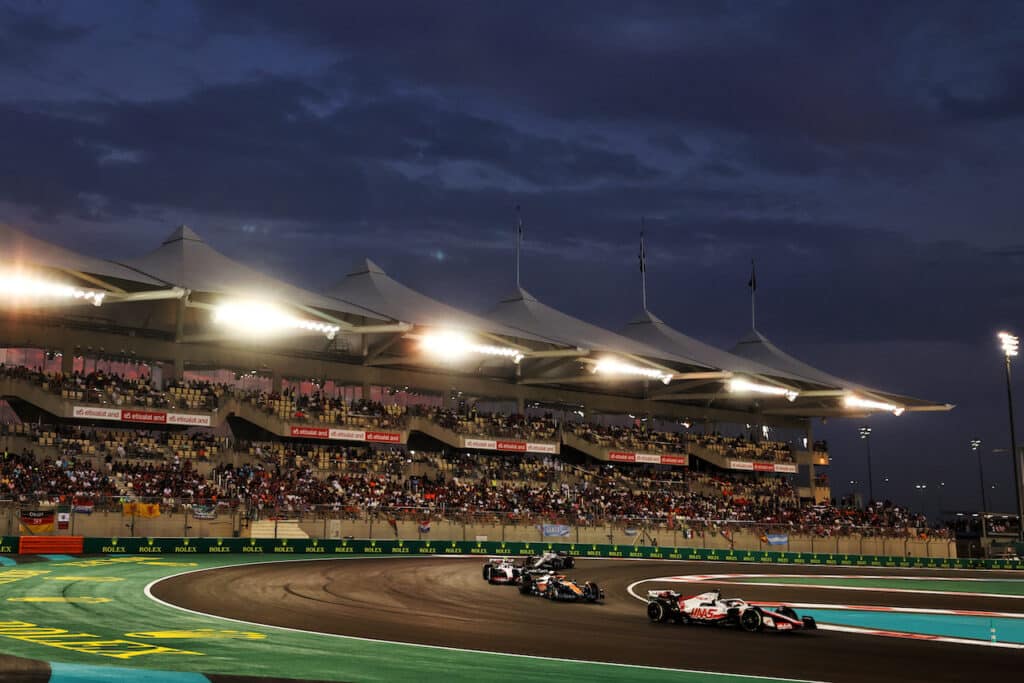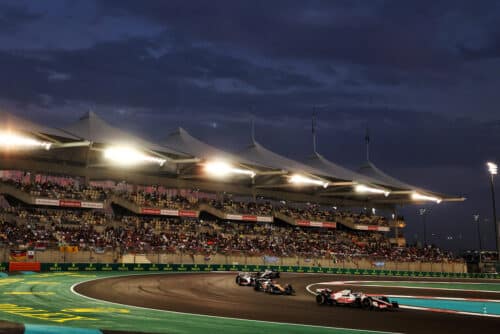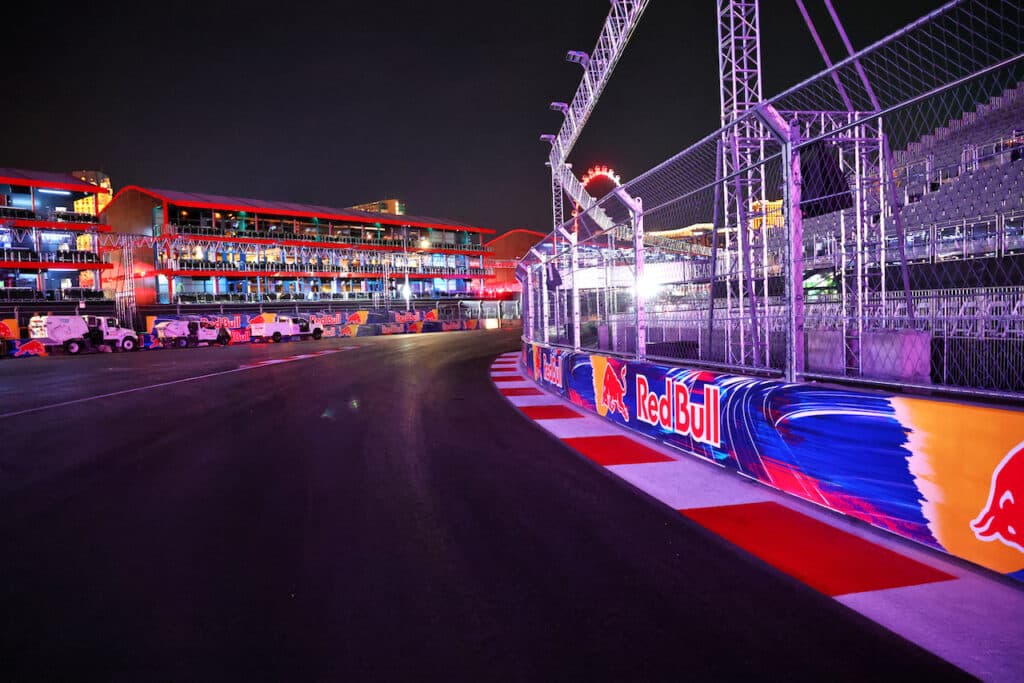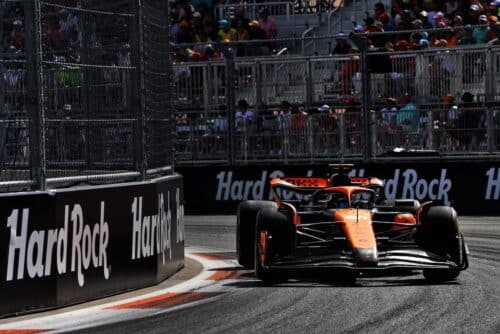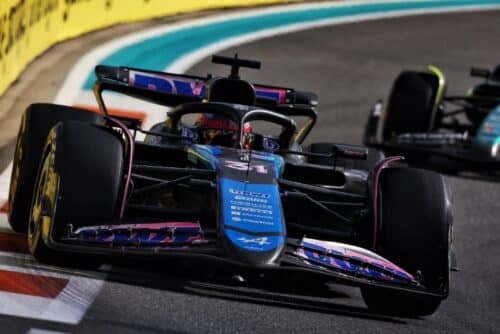F1 | Brembo, the commitment of the braking system at Istanbul Park
F1 drivers are expected to use the brakes for 14,53 seconds per lap
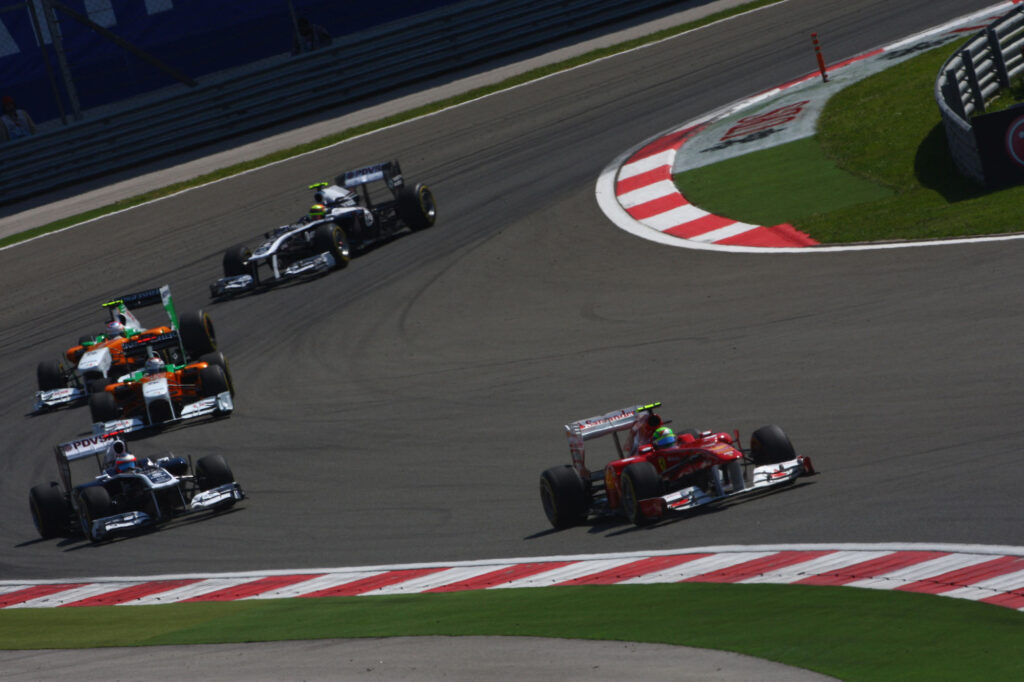
According to Brembo technicians, the Intercity Istanbul Park falls into the category of circuits that are moderately demanding on the brakes. On a scale of 1 to 5 it deserved a difficulty index of 3, the same value as the Autodromo Enzo e Dino Ferrari where it was raced two weeks ago.
These two tracks also share the direction of travel, anti-clockwise and a long absence from the World Championship calendar: F.1 in fact returns to Turkey after 9 years but in the 7 previous editions it has always taken place between May and August while this year the temperatures will be lower. The Istanbul circuit features numerous undulations, with obvious risks of overshooting on downhill braking sections or braking too much on uphill sections.
The use of the brakes during the Formula 1 Turkish GP
According to the simulations, F1 drivers should use the brakes for 14,53 seconds per lap, equivalent to 17 percent of the overall race duration. Ten years ago the percentage was 13 percent but not because less braking was done, but because lap times were higher and this increased the incidence of braking.
The Intercity Istanbul Park it is characterized by the presence of 5 braking sections exceeding 4,2 g, at points where the single-seaters slow down after having well exceeded 300 km/h. However, the circuit also features 3 braking sections where the drop in speed is less than 40 km/h. From the start to the checkered flag each driver exerts a total load on the brake pedal of 54 tonnes.
The most demanding braking of the Istanbul Round
Of the 9 brakings of the Turkish GP 4 are considered highly demanding on the brakes, one is of medium difficulty and the remaining 4 are light.
The hardest for the braking system is the one at turn 12 because the current cars get there in acceleration right from turn 9: the single-seaters rely on the brakes at 345 km/h and go down to 97 km/h in just 138 metres. To achieve this, the drivers brake for 2,86 seconds, applying a load of 140 kg on the brake pedal and facing a deceleration of 4,9 g.
if you want to always be updated on our news
Follow us here
